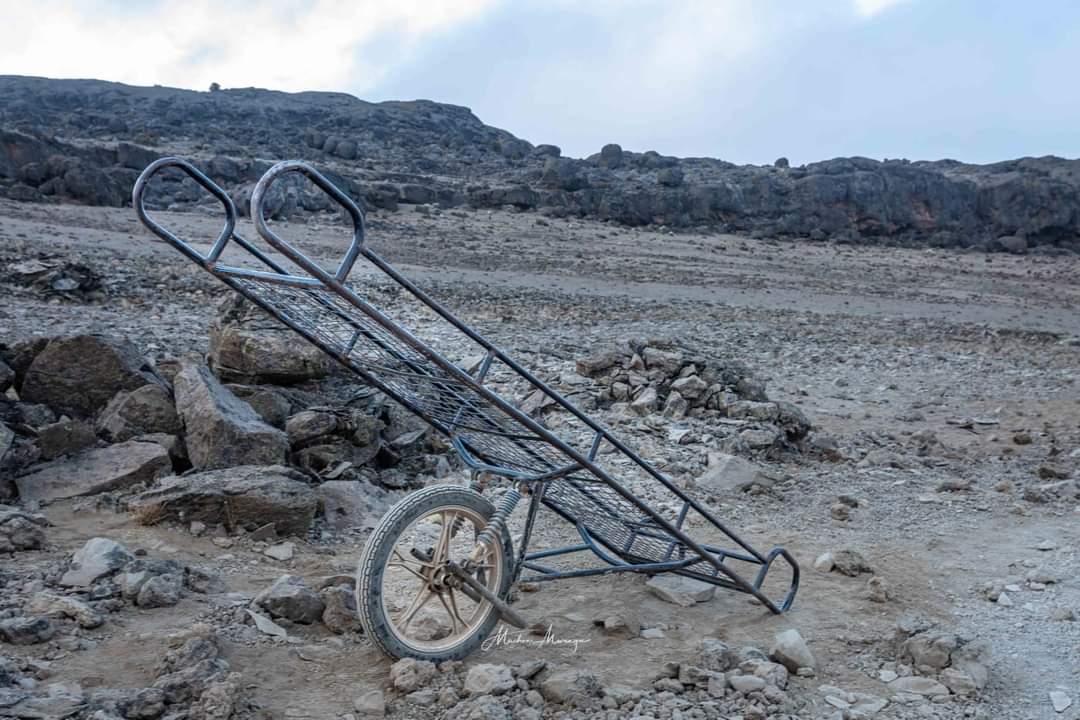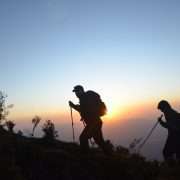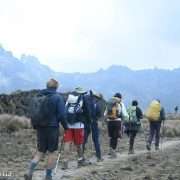
Kilimanjaro altitude sickness
Symptoms of mountain altitude sickness, also known as acute mountain sickness (AMS), can vary in severity and may include:
- Headache: This is the most common symptom and usually occurs within a few hours or days of ascending to high altitudes.
- Nausea and vomiting: Some individuals may experience feelings of nausea and may even vomit.
- Fatigue and weakness: You may feel tired and lacking in energy, even with minimal exertion.
- Dizziness and lightheadedness: These symptoms may occur when standing up or changing positions quickly.
- Shortness of breath: Difficulty breathing or feeling breathless with minimal physical exertion.
- Loss of appetite: Some individuals may experience a decreased desire to eat.
- Insomnia: Difficulty sleeping or restless sleep.
- Swelling: Swelling of the hands, feet, and face, due to fluid retention, can occur in severe cases.
It is important to note that these symptoms may be indicators of AMS, but they can also be signs of other medical problems. If you experience any of these symptoms at high altitudes, it is essential to take them seriously and seek medical attention if they worsen or persist.
Recent Posts
August 11, 2025kiprotich dominic0 Comments
Mount Kenya Charity walks
August 11, 2025Willy Mutai0 Comments
Mount Kenya Day Hike
June 6, 2025Willy Mutai0 Comments
Mount Kenya Challenge Program
All Categories
Tags
Adventure
africaoutdoors
arusha
batian
batian.nelion
chogoria
day hike
elgon
Hiking
hiking adventures
kamweti
kili
Kilimanjaro
kitale
lemosho
lenana
likii north
machame
marangu
marich
moshi
mountains
mount Kenya
mount Kilimanjaro Adventure
mtelo
mtmeru
mt mtelo
nairobi
namanga
nanyuki
naromoru
nelion
oldmoses
Outdoor
pokot
rongai
routes
sekerr
shipton
sirimon
tours
travel
ubwe
uhuru peak
west pokot

Wildlife
Thailand




